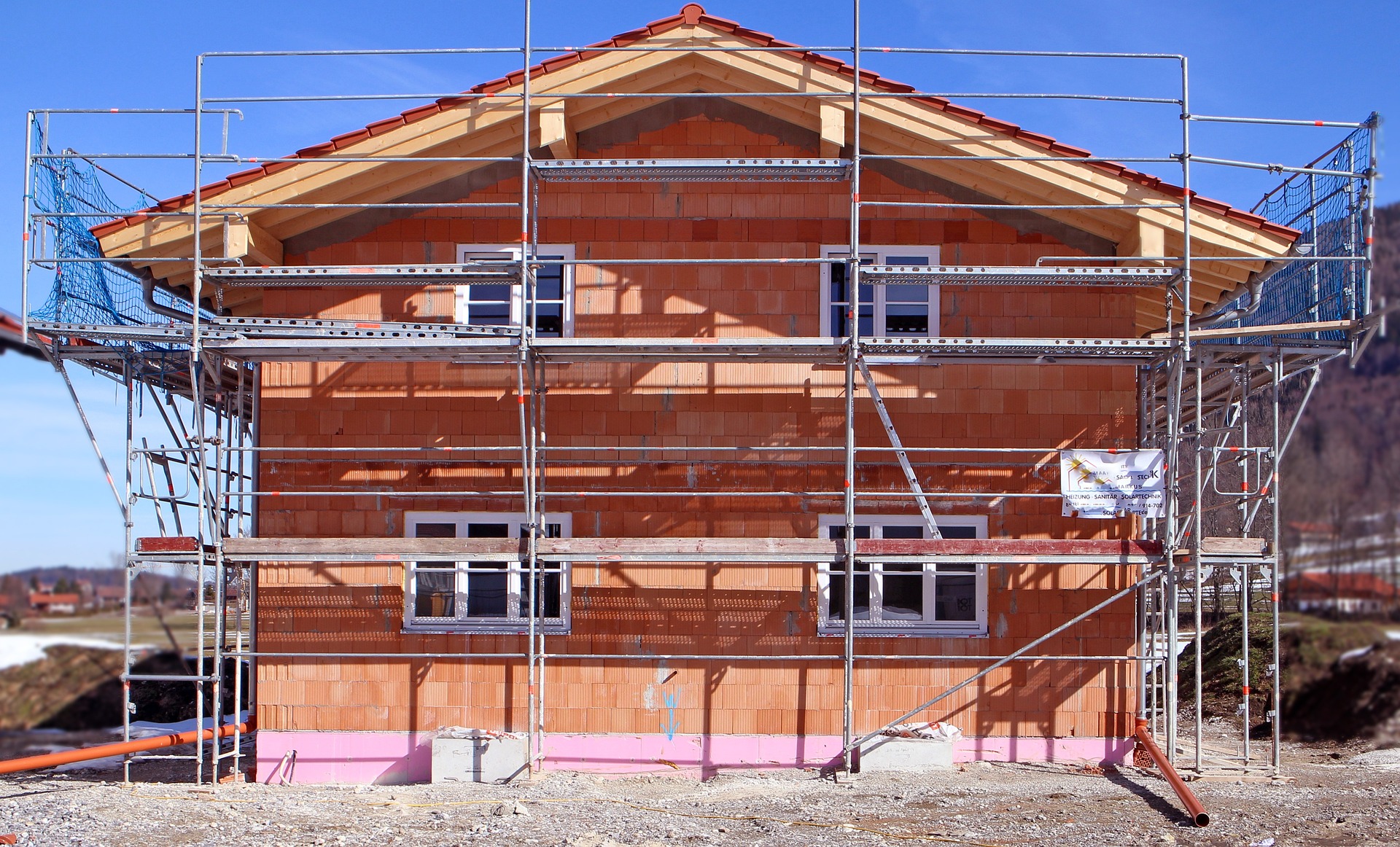The Popularity of Granny Annexes in the UK 2025
In 2025, granny annexes continue to gain popularity in the UK as a practical housing option for families. These self-contained living spaces offer flexibility, whether for elderly relatives who wish to live independently while staying close to family, or as multifunctional units for guests and home offices. Their appeal lies in combining privacy with convenience, while also providing a cost-effective alternative to traditional housing solutions.

Understanding Granny Annexes in British Property Law
Granny annexes, also known as granny flats or ancillary accommodation units, represent self-contained living spaces within or adjacent to existing residential properties. These structures have evolved significantly from their humble beginnings as simple garden sheds converted for elderly relatives. In the UK property landscape, granny annexes must meet specific building regulations and planning permission requirements, distinguishing them from standard extensions or outbuildings.
The legal framework surrounding granny annexes in Britain has undergone substantial changes over the past decade. Under current planning regulations, many granny annexes fall under Permitted Development Rights, allowing homeowners to construct these units without full planning permission, provided they meet size restrictions and design criteria. This regulatory shift has democratized access to creating additional living spaces, making granny annexes more attractive to property investors and homeowners alike.
British building standards require granny annexes to include essential amenities such as kitchen facilities, bathroom access, and separate entrances to qualify as habitable accommodation. These specifications ensure the structures meet rental property standards while maintaining the flexibility to serve multiple purposes throughout their lifecycle. The distinction between dependent and independent granny annexes also affects their potential rental income and resale value.
Market Demand Driving Granny Annexe Popularity
The UK housing crisis has intensified demand for alternative accommodation solutions, positioning granny annexes as viable options for multiple demographic groups. Young professionals struggling with high rental costs in major British cities increasingly seek affordable housing alternatives, making granny annexes attractive rental properties for homeowners looking to generate additional income.
Multi-generational living arrangements have become more common across Britain, with adult children returning home due to economic pressures and elderly parents requiring closer family support. This demographic shift creates natural demand for granny annexes that provide independence while maintaining family proximity. Property owners can accommodate these changing family dynamics while potentially earning rental income when the space is not needed for family use.
The rise of remote working culture has further boosted granny annexe appeal, as these spaces can serve dual purposes as home offices and guest accommodation. British professionals working from home often require dedicated workspace separate from their main residence, making granny annexes ideal solutions that add long-term property value while meeting immediate needs.
Short-term rental platforms have opened new revenue streams for granny annexe owners, particularly in tourist-friendly areas across England, Scotland, and Wales. Property owners can capitalize on holiday rental demand while retaining flexibility to use the space for other purposes during off-peak seasons.
Financial Benefits and Investment Returns
Granny annexes offer compelling financial advantages that extend beyond simple rental income generation. Property valuations typically increase by fifteen to twenty percent when quality granny annexes are added, creating immediate equity gains for homeowners. This value addition often exceeds the construction costs, making granny annexes profitable investments even before considering rental income potential.
Rental yields from granny annexes frequently outperform traditional buy-to-let investments, particularly in high-demand areas where housing shortages drive up rental prices. A well-positioned granny annexe in Greater London can generate monthly rental income ranging from eight hundred to fifteen hundred pounds, depending on size, location, and amenities provided.
Tax implications for granny annexe rental income follow standard UK property taxation rules, but homeowners can offset construction costs, maintenance expenses, and utility bills against rental income. This tax efficiency improves overall investment returns while providing legitimate deductions that reduce tax liability.
The relatively low entry costs compared to purchasing additional rental properties make granny annexes accessible investment opportunities for homeowners with limited capital. Construction costs typically range from twenty thousand to sixty thousand pounds, significantly lower than deposit requirements for second property purchases in most UK markets.
Construction Considerations and Planning Requirements
Successful granny annexe projects require careful attention to British building regulations and local planning restrictions. While many projects qualify for Permitted Development Rights, homeowners must verify compliance with size limitations, boundary distances, and height restrictions before beginning construction. Local council requirements vary across different regions, making professional consultation advisable for complex projects.
Building regulations compliance ensures granny annexes meet safety standards for electrical systems, insulation, ventilation, and structural integrity. These requirements protect both occupants and property owners while ensuring the structures qualify for rental purposes and insurance coverage. Professional contractors familiar with granny annexe regulations can navigate these requirements efficiently while avoiding costly mistakes.
Site preparation and utility connections represent significant portions of total construction costs, particularly for detached granny annexes requiring separate electrical, plumbing, and heating systems. Homeowners should budget for these infrastructure requirements early in the planning process to avoid unexpected expenses that could impact project viability.
Design flexibility allows granny annexes to complement existing property aesthetics while maximizing functionality within space constraints. Modern construction techniques enable high-quality finishes and energy-efficient features that appeal to potential tenants while minimizing ongoing operating costs.
Future Market Outlook and Investment Potential
The granny annexe market shows strong growth potential driven by persistent housing shortages and demographic trends favoring flexible living arrangements. Government initiatives promoting housing density increases position granny annexes as part of broader solutions to British housing challenges, suggesting continued regulatory support for these developments.
Economic factors including rising property prices and stagnant wage growth create long-term demand for affordable accommodation options that granny annexes can provide. This fundamental supply-demand imbalance supports optimistic projections for granny annexe rental markets across most UK regions.
Environmental consciousness among younger renters increasingly favors smaller, efficient living spaces that granny annexes can offer. These preferences align with broader sustainability trends while providing cost advantages that appeal to budget-conscious tenants seeking quality accommodation.
Technology integration opportunities in granny annexes include smart home systems, energy management solutions, and high-speed internet infrastructure that modern tenants expect. Property owners who incorporate these features can command premium rental rates while ensuring long-term competitiveness in evolving rental markets.
Investment diversification benefits make granny annexes attractive additions to property portfolios, providing income streams that complement primary residence values while offering flexibility unavailable in traditional rental properties. This combination of income generation, capital appreciation, and usage flexibility positions granny annexes as valuable components of comprehensive property investment strategies.




